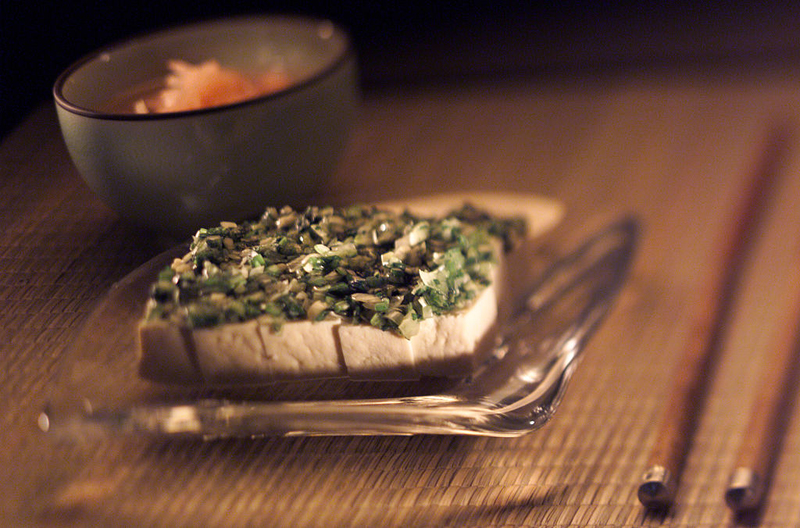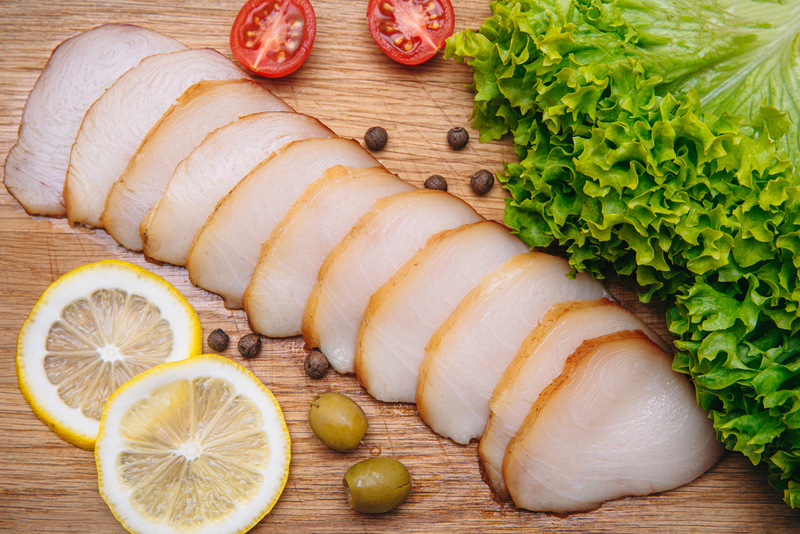
Kobe beef is very much a real — and delicious — thing. But unless the fancy restaurant you’re dining at is located in Japan, the meat you’re eating is almost certainly not Kobe. You see, this beef comes from one specific breed of Japanese cattle, called Kuroge Washu. It is one of four types of cattle that fall under Wagyu’s umbrella, widely considered the most decadent beef in the world. But even amongst other Wagyu cattle, the Kuroge Washu stands alone due to its speckled fat marbling inside the meat itself. Authentic Kobe beef must come from Japan. The local environment, methods, and expertise required to correctly produce this meat can only be found in the Asian country. Because of the strict criteria, there is very little Kobe beef to go around. According to Business Insider, just 3,000 to 4,000 cattle a year make the cut as Kobe beef after slaughter and inspection. It has become common to label any type of expensive meat as “Kobe.” What you’re most likely getting instead is Wagyu beef, which is still a prized meat piece. But a Kobe steak is one of the most expensive cuts of meat in the world, and when you order one but receive something of lesser quality, you’re getting scammed out of some serious money.
Seafood is a popular and expensive food option that is the center of many fancy restaurants’ menus. Unfortunately, it’s one of the most fraud-laden food categories in the country. A restaurant will claim to be offering an expensive fish, such as red snapper, which can cost more than $20 per pound. Instead, they’ll serve you a different, less-expensive fish like tilapia, and pocket the difference. Here, the customer only sees and tastes the fish after being cooked, breaded, seasoned, covered in a sauce, or otherwise disguised. A report done by Oceana found that fish was mislabeled at restaurants 38 percent of the time. Not only is this practice scamming people out of money, but it can also be downright dangerous. The Oceana study found that fish on the FDA’s “Do Not Eat” list for sensitive groups such as pregnant women and children because of their high mercury content, were sold to customers who had ordered safer fish. Additionally, 84 percent of the white tuna sampled was actually escolar, an oily fish that can cause acute gastrointestinal symptoms.

Truffle oil has become one of the trendiest food terms over the past few years. It’s touted as a delicious elixir that elevates the taste of dishes. Restaurants will often charge an exceptional price for the experience of consuming this added deliciousness. But what exactly is truffle oil, and why are customers paying so much for it? The answer is disappointing. One would assume that truffle oil is infused with actual truffles. But nowadays, truffle oil contains no truffle at all. Instead, it is made of synthetic ingredients utterly devoid of the real ingredients.